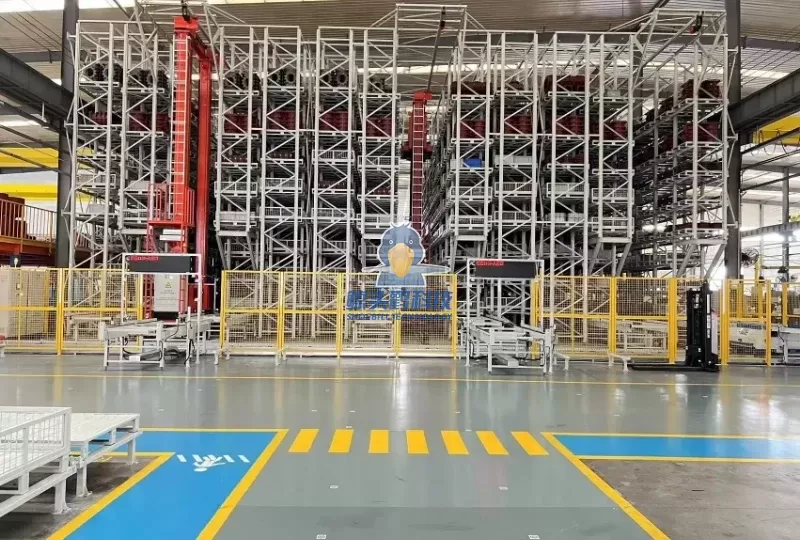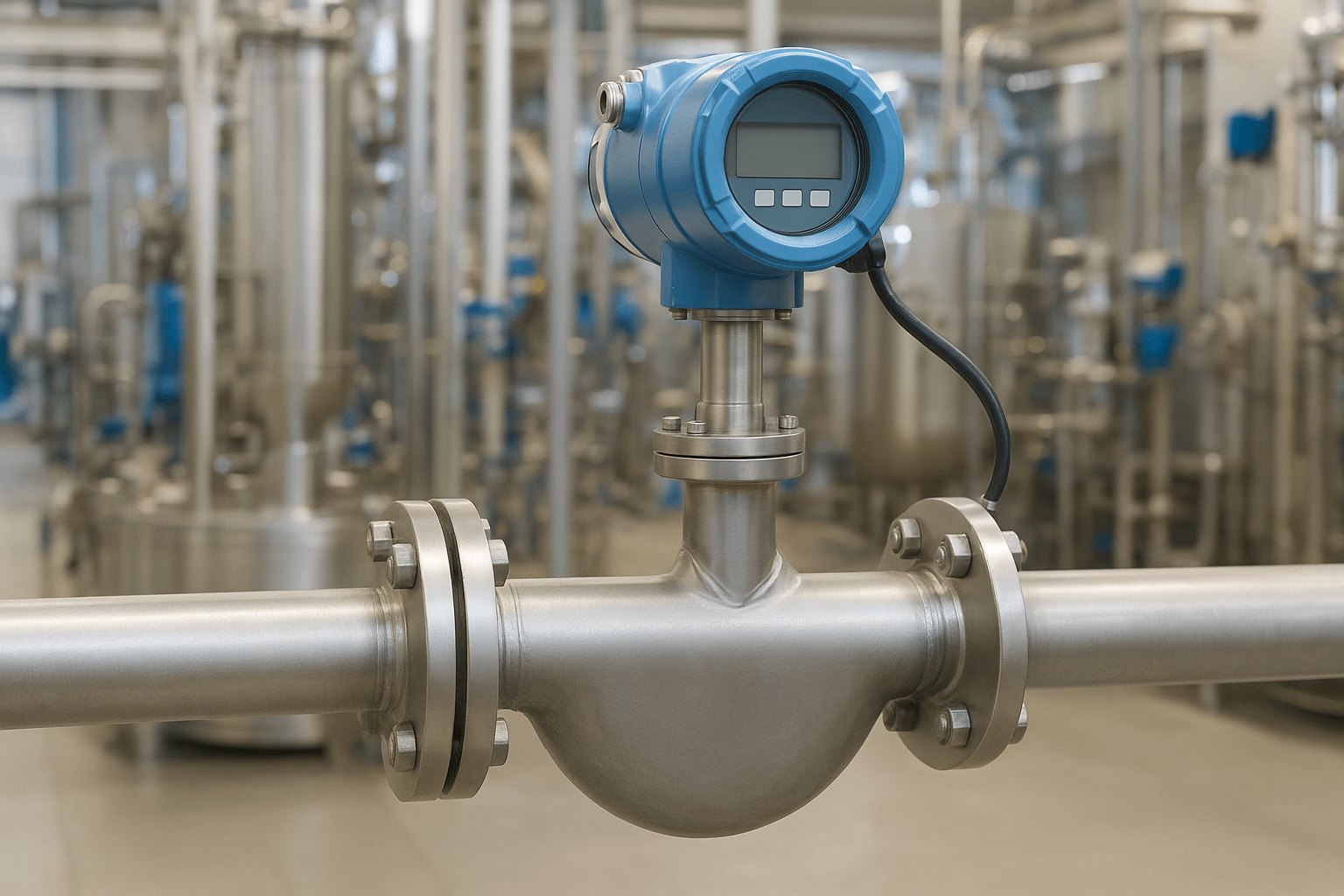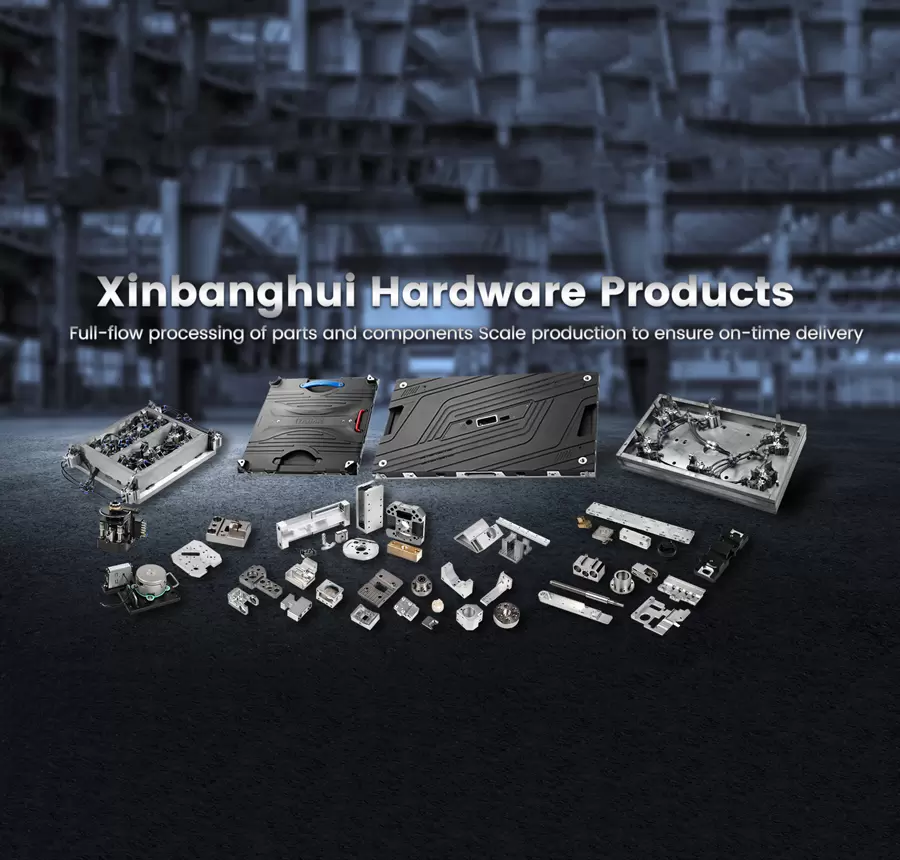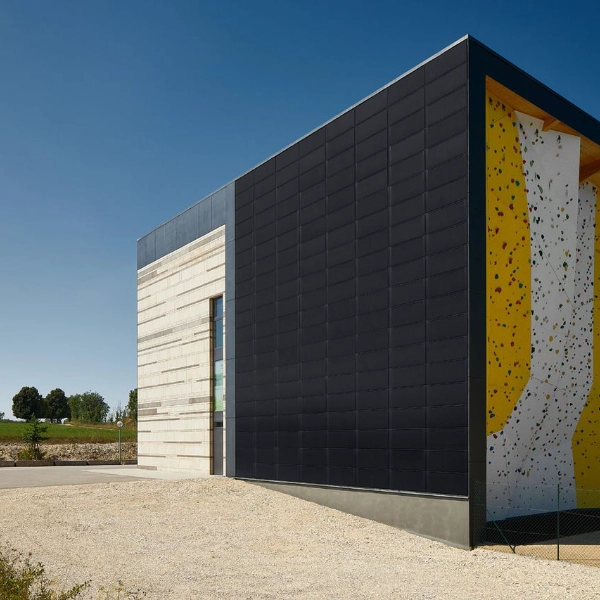Crafting the Ideal Workspace: Essential Furniture for a Productive Office Environment
In today’s fast-paced business world, the design and functionality of an office space can significantly impact employee productivity, creativity, and overall job satisfaction. Selecting the right furniture is a crucial aspect of creating an effective workspace. This article delves into the essential furniture pieces that should be included in an office, considering both ergonomic principles and aesthetic appeal to foster a conducive working environment.
- Ergonomic Office Chairs: The Backbone of Comfort
The foundation of any productive office is a comfortable and supportive chair. Ergonomic office chairs are designed to support the natural curvature of the spine, reducing the risk of back pain and promoting better posture. When selecting an office chair, consider the following features:
- Adjustability: Look for chairs with adjustable seat height, armrests, and lumbar support to accommodate various body types and preferences.
- Material: Breathable fabrics and high-density foam cushioning can enhance comfort during long working hours.
- Mobility: Chairs with wheels and swivel capabilities allow for easy movement and access to different areas of the workspace.
- Desks: The Heart of the Office
The desk is where most of the work happens, making it essential to choose one that meets both functional and aesthetic needs. Here are some considerations for selecting the right desk:
- Size and Shape: Depending on the office layout, you might opt for a traditional rectangular desk, a corner desk for maximizing space, or even a standing desk to promote movement throughout the day.
- Storage Solutions: Desks with built-in drawers or shelves can help keep the workspace organized and clutter-free, which is vital for maintaining focus.
- Material and Finish: Choose durable materials that align with your office’s design theme, whether it’s modern, industrial, or classic.
- Collaborative Workstations: Fostering Team Interaction
In an era where teamwork is paramount, incorporating collaborative workstations can enhance communication and creativity among team members. These spaces should include:
- Modular Furniture: Desks that can be easily reconfigured to accommodate different team sizes and project needs.
- Comfortable Seating: Sofas or lounge chairs that encourage informal discussions and brainstorming sessions.
- Technology Integration: Ensure that collaborative spaces are equipped with the necessary technology, such as screens for presentations and charging stations for devices.
- Storage Solutions: Keeping the Office Organized
A well-organized office is essential for maintaining productivity. Effective storage solutions can help manage paperwork, supplies, and personal items. Consider the following:
- Filing Cabinets: Choose cabinets that offer both security and accessibility, with options for locking mechanisms to protect sensitive information.
- Shelving Units: Open shelving can display books and decorative items, while closed cabinets can hide away less visually appealing materials.
- Mobile Carts: These versatile pieces can be moved around the office as needed, providing additional storage and workspace.
- Breakout Areas: Encouraging Relaxation and Rejuvenation
An often-overlooked aspect of office furniture is the creation of breakout areas. These spaces allow employees to take breaks, recharge, and foster informal interactions. Key elements include:
- Comfortable Seating: Incorporate bean bags, lounge chairs, or even hammocks to create a relaxed atmosphere.
- Coffee Tables: Provide surfaces for casual meetings or socializing over coffee.
- Games and Activities: Consider adding elements like a foosball table or board games to encourage team bonding and stress relief.
- Personalization: Making the Space Your Own
Encouraging employees to personalize their workspace can enhance their connection to the office environment. Allowing for personal touches, such as:
- Desk Accessories: Items like organizers, plants, and personal photos can make a workspace feel more inviting.
- Flexible Layouts: Allow employees to rearrange their desks and chairs to suit their preferences, fostering a sense of ownership.
Conclusion: Designing for Success
In conclusion, the right furniture can transform an office from a mere workspace into a thriving environment that promotes productivity, collaboration, and well-being. By investing in ergonomic chairs, functional desks, collaborative workstations, effective storage solutions, and inviting breakout areas, businesses can create a space that not only meets the practical needs of employees but also inspires them to perform at their best. As you consider what furniture should be in an office, remember that the ultimate goal is to create a harmonious balance between functionality and comfort, paving the way for success in the workplace.





